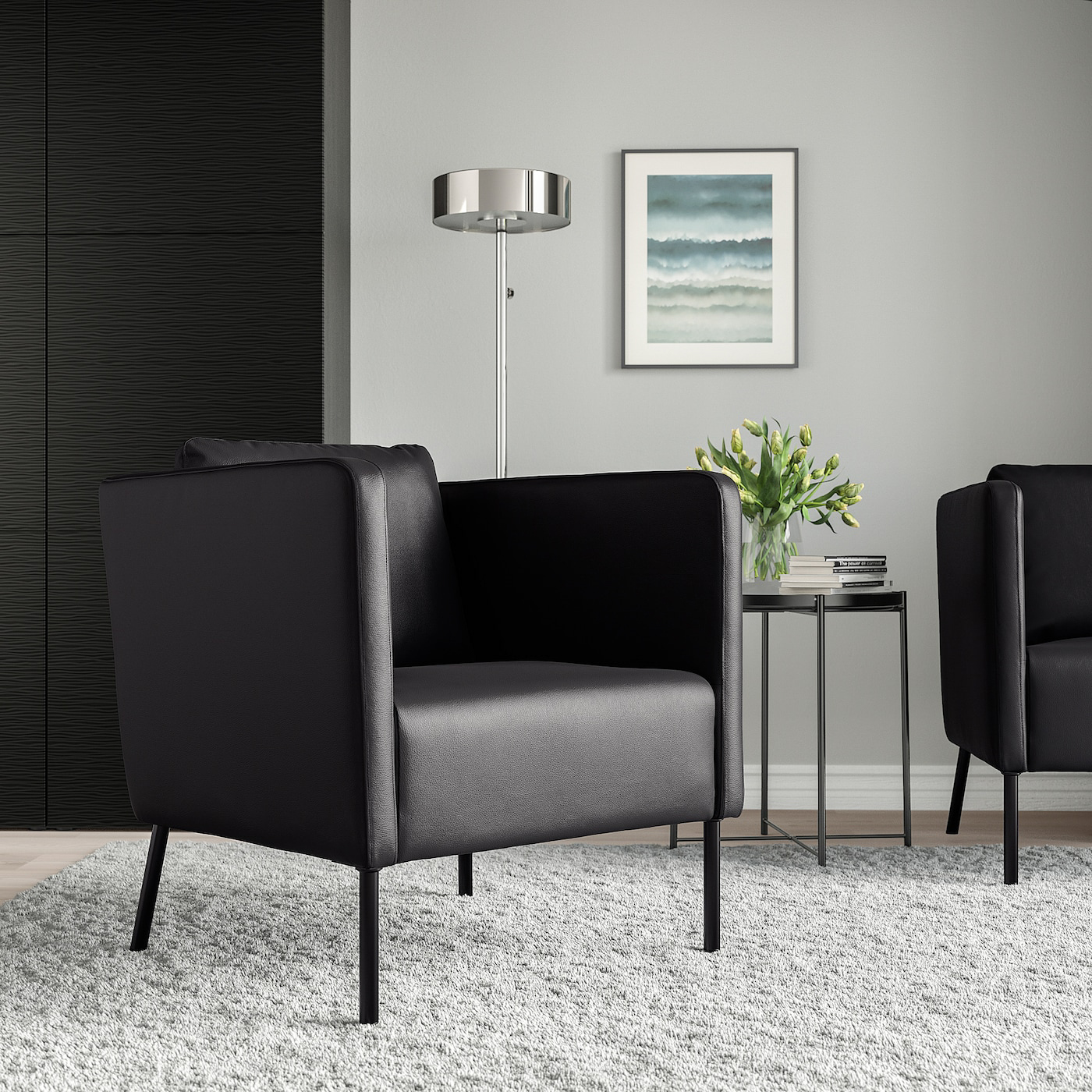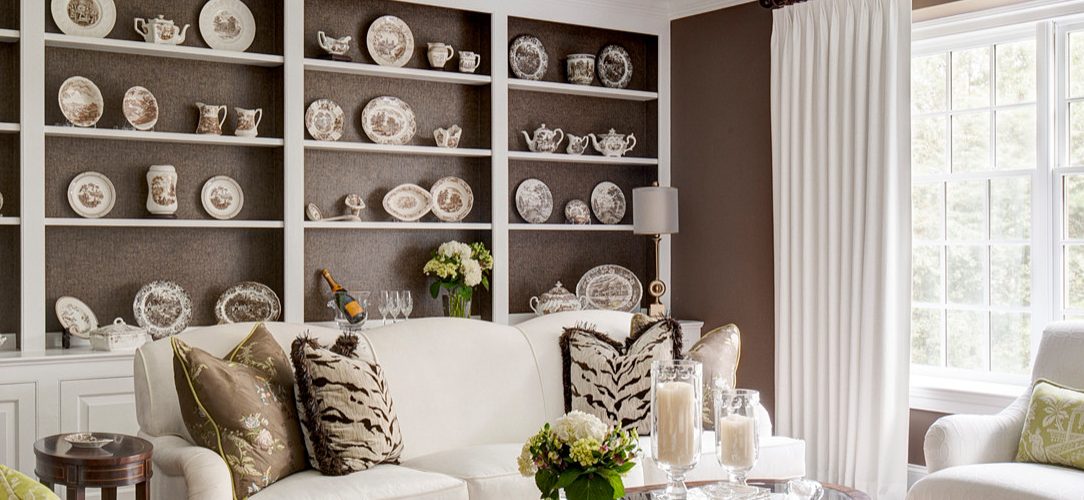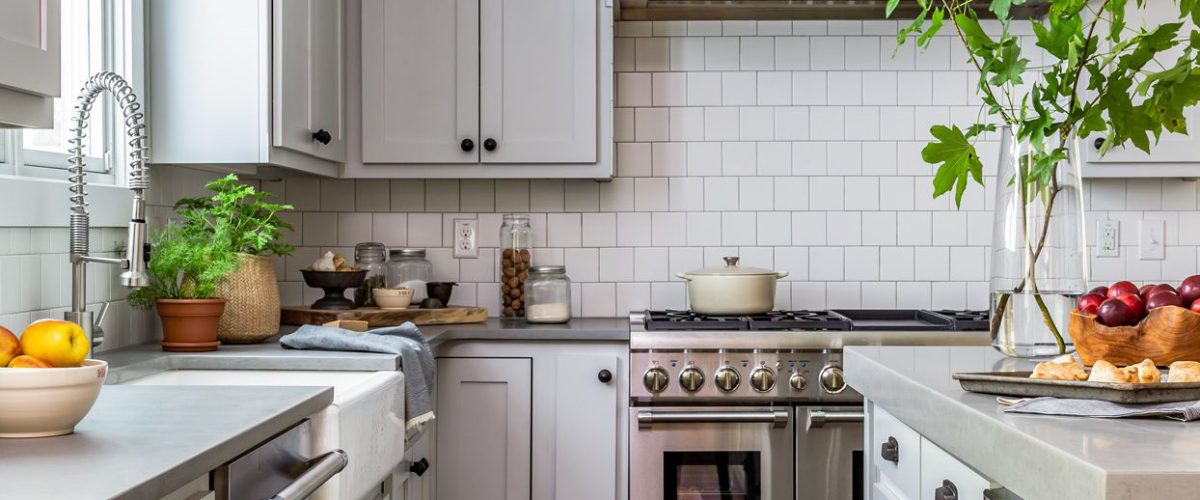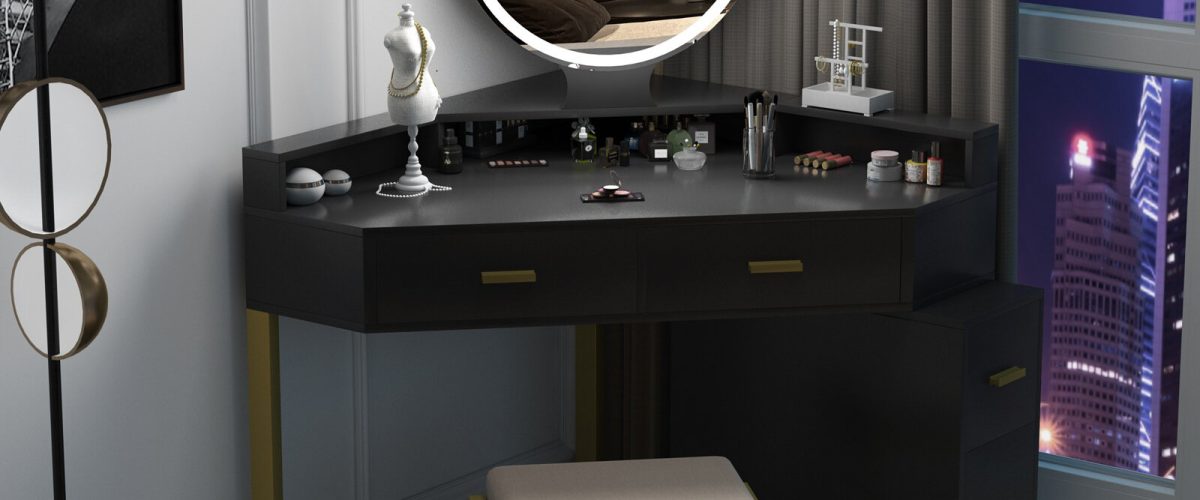
Lighting the Way: An Overview of Architectural Lighting Fixtures
Introduction
Lighting plays a crucial role in architecture as it enhances the aesthetic appeal of the space and creates a comfortable and pleasant atmosphere. The use of appropriate lighting fixtures for different areas of a building can have a significant impact on its overall ambience. Architectural lighting fixtures are specially designed to complement the design and style of the building, making it more visually appealing. In this article, we will explore the different types of architectural lighting fixtures and their applications.
Types of Architectural Lighting Fixtures
1. Pendant Lights
Pendant lights are excellent choices for adding a dramatic effect to a space. These lights hang from the ceiling and come in a range of styles, from colorful and whimsical to sleek and modern. Pendant lights are ideal for entryways, over dining tables, and in hallways. These fixtures provide direct lighting that illuminates the area below, creating a focused pool of light.
2. Chandeliers
Chandeliers are traditional lighting fixtures that add elegance and charm to a room. These fixtures typically feature multiple arms or tiers and can be made of various materials such as glass, crystal, and metal. Chandeliers provide both direct and reflected light to a space and are perfect for living rooms, dining rooms, and foyers.
3. Track Lighting
Track lighting is a versatile lighting system that can be used to highlight specific features of a space. These fixtures consist of a track that is mounted on the ceiling or wall and contains several adjustable light heads. Track lighting is ideal for art galleries, museums, and retail spaces. It can be used to create a dramatic effect that draws attention to a particular object or area.
4. Wall Sconces
Wall sconces are compact lighting fixtures that can add warmth and ambience to a room. These fixtures mount directly to the wall and come in a range of styles, from sleek and modern to ornate and traditional. Wall sconces are perfect for bedrooms, bathrooms, and hallways. They provide indirect lighting that creates a soft and relaxing atmosphere.
5. Recessed Lights
Recessed lights are an excellent choice for providing ambient lighting to a space. These fixtures are installed into the ceiling and provide a soft and even glow. Recessed lights are ideal for living rooms, kitchens, and bathrooms. They can also be used to highlight architectural details like columns and vaulted ceilings.
Benefits of Architectural Lighting Fixtures
Using architectural lighting fixtures has several benefits:
1. Enhance Aesthetic Appeal
Architectural lighting fixtures are designed to complement the style and design of the building. They add depth, texture, and visual interest to a space, enhancing its aesthetic appeal.
2. Create a Comfortable Atmosphere
The use of appropriate lighting fixtures can help create a comfortable and relaxing atmosphere. Architectural lighting fixtures can provide both direct and indirect lighting, creating a balanced and pleasant environment.
3. Highlight Architectural Features
Architectural lighting fixtures can be used to highlight specific architectural features like columns, arches, and vaulted ceilings. This creates a dramatic effect that draws attention to these features, enhancing their visual appeal.
4. Improve Functionality
Architectural lighting fixtures can also improve the functionality of a space by providing task lighting in specific areas such as kitchen counters, desks, and reading nooks. This helps to improve productivity and makes performing tasks easier.






